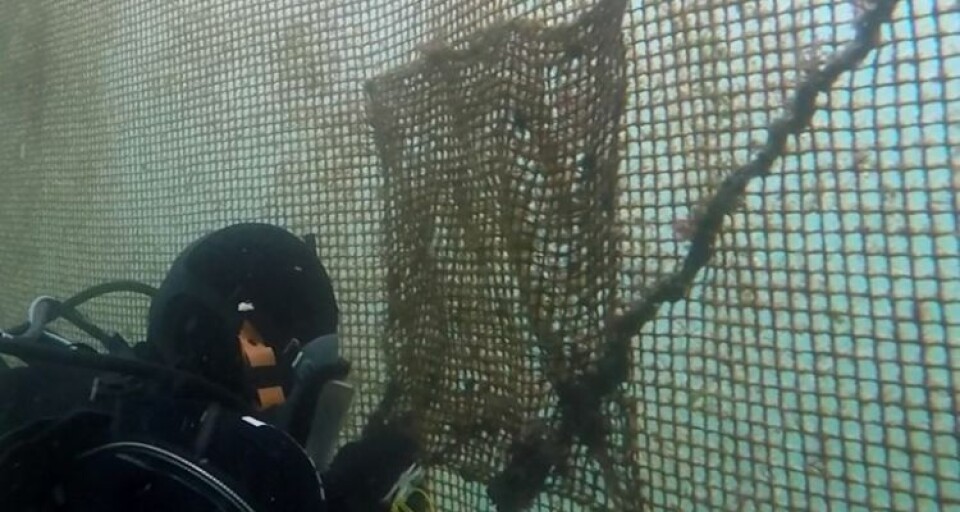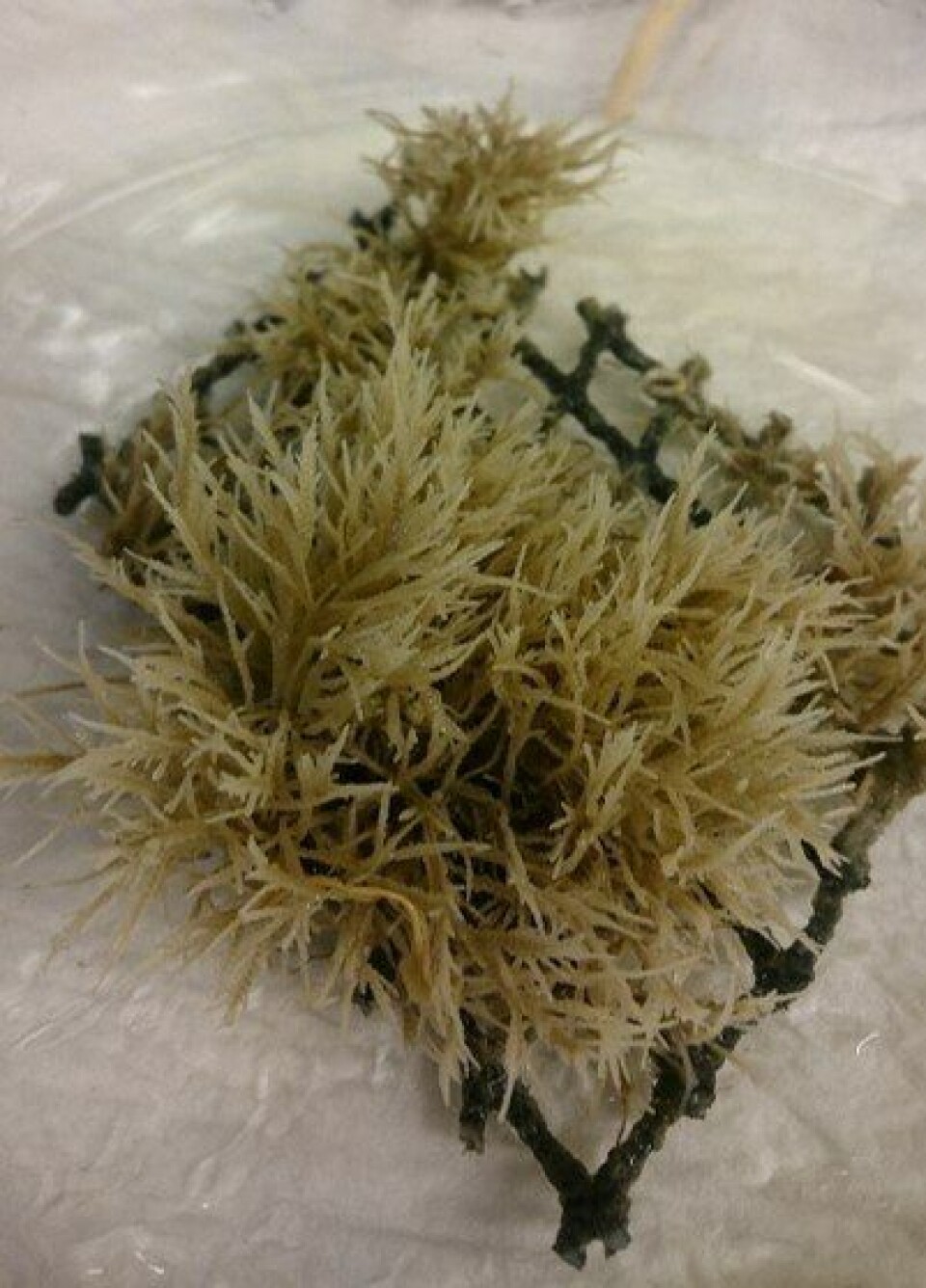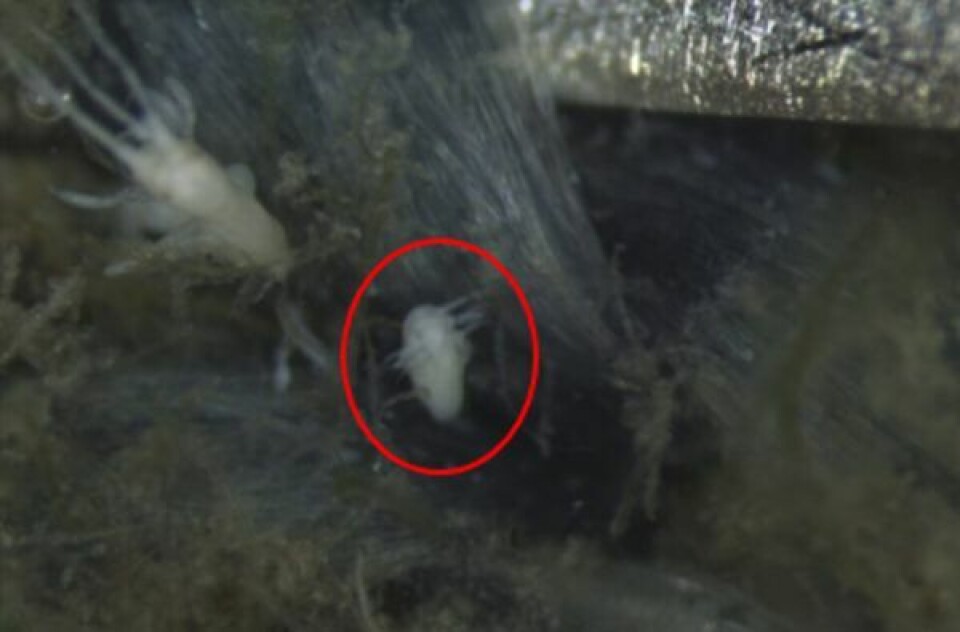
What happens to lice when nets are washed?
In the salmon farming industry there is a suspicion that lice reside in fouling found on net cages and cleaner fish hides, and that it they can be spread in the site during net cleaning. But research carried out by Norwegian science and technology organisation SINTEF has come to a different conclusion.

Suspicions of a link between lice and net cleaning were supported by a small-scale study in Central Norway conducted in 2011 and 2012 which suggested that free-swimming-stage lice associated with fouling organisms on the nets. The study showed a negligible density of free-swimming lice in the water around fish farms, but increasing density near the cage during net washing.
Samples of fouling
In cooperation with Kvarøy Fiskeoppdrett, SINTEF North and SINTEF Ocean (previously: Fisheries and Aquaculture) conducted a project in 2016 which aimed to investigate whether lice live in fouling on nets and cleaner fish hides, and whether net cleaning increases the number of lice in the surrounding waters. Samples were taken of fouling on nets and cleaner fish hides, as well as net samples before and during net cleaning, while the number of lice at the site were high enough to consider delousing.
The study found no lice in the 'infectious' stage (copepodites) in either fouling or in samples gathered in plankton nets. The distribution of nauplii found in samples indicated that the lice are not present in fouling on either nets or cleaner fish hides, and that washing does not lead to increased levels of lice in the water.
One nauplius
Only one nauplius (free-swimming stage) louse was found in fouling of the tested net panel samples. Samples were taken around the cage and from three different depths.

The fouling on net panel samples consisted primarily of bryozoans, hydroids and algae.
No lice were detected on any of the samples of cleaner fish hides. The samples taken from the parts of the hides highest in the water column were mainly fouled by hydroids and algae, while samples taken from the bottoms of the hides were virtually free of fouling. High levels of copepods were detected in the samples from the shallower depth.
Nauplii were detected in about half of the plankton net samples, with an average of 0.25 louse per cubic metre of water before and 0.43 lice per m³ during washing. Since nauplii were patchily distributed over the research period, with uneven numbers of lice between the samples, there was no significant difference in lice concentrations between samples taken before and during net washing. Analyisis of plankton net samples substantiates the observations made for net panels.























































